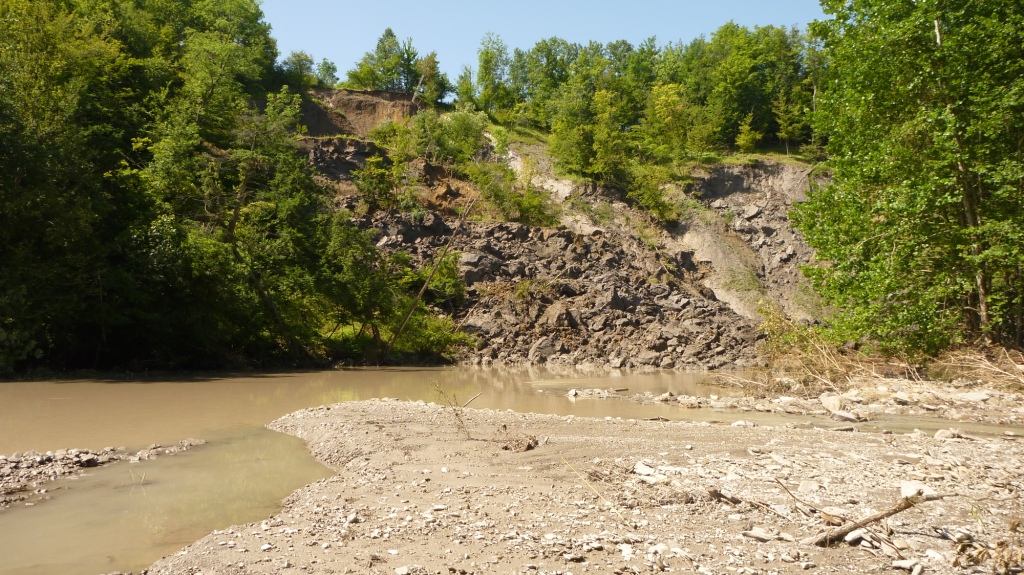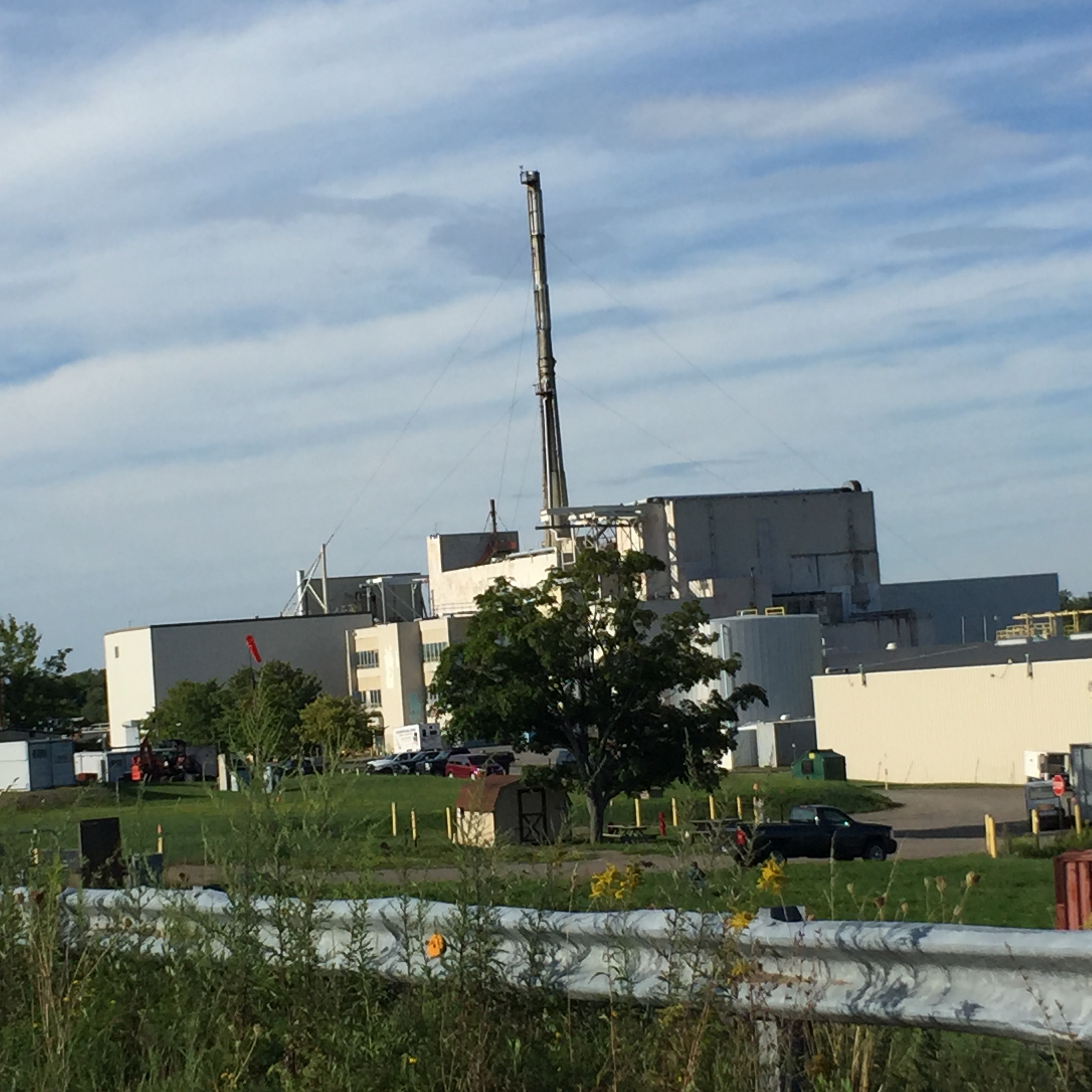West Valley Nuclear Waste Site – Information Hub
The Latest: West Valley Updates
A comprehensive look at the latest news and next steps at West Valley, including demolition – September 2022
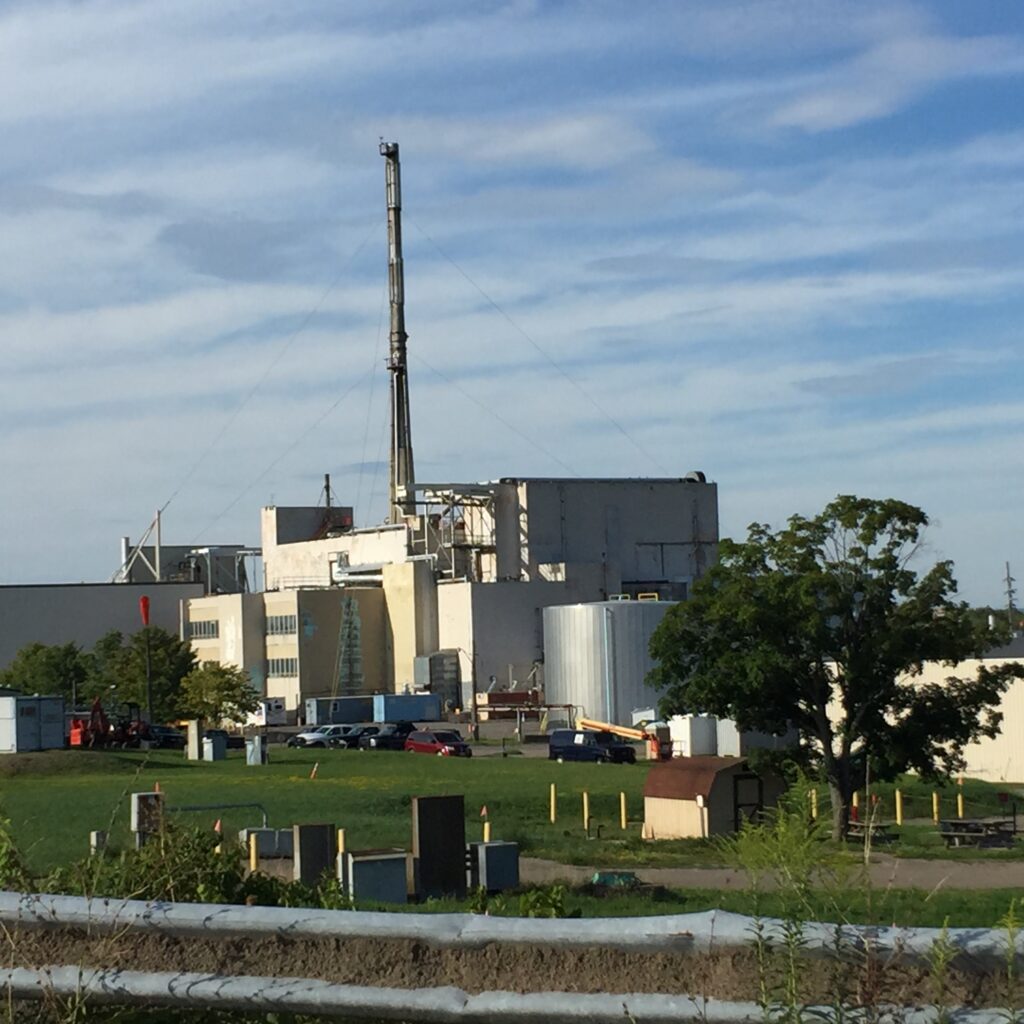
2021 West Valley Nuclear Series
6 great webinars on the history and current challenges and future efforts at West Valley.
More West Valley Resources
Background and Historical Footage
Historical footage on West Valley – site opened in the 1960s and closed in 1970s
Regulatory Background
There are many state and federal “regulatory” agencies with authority over aspects of the West Valley site.
More on West Valley
NIRS archive of West Valley updates
The Latest: West Valley Updates – Sept. 2022
25 organizations are calling on NY Gov. Hochul and NY State legislative leaders to enclose the building during demolition, monitor offsite and report publicly in real-time, keep all documents and records in accessible public files and make NYS assert all the authority it has to protect the public. Read the letter and the list of organizations here.
The good news is that visible changes are underway at the West Valley Nuclear Site. Demolishing the above ground part of the nuclear reprocessing building is an important step in a long series of clean up operations.
The challenging news is that we may never know how much invisible radioactivity is dispersed in the NY-OH-PA-Canada region and beyond as a result because the demolition will be done in open air without real-time offsite monitoring.
Read more…
Background on West Valley
West Valley, NY has a complex radioactive waste site with long-lasting nuclear waste mainly from atomic weapons and power production and some other generators. The site has high-level, so-called “low-level,” transuranic and mixed (radioactive and hazardous) nuclear wastes buried, stored and leaking. Radioactive buildings carried out reprocessing and solidification of high level liquid waste. They are being removed without real-time offsite air monitoring and the highly radioactive below-ground portions remain.

Commercial burial of radioactive waste in a dozen 20-30 foot deep trenches began in the early 1960s and continued until 1974 when water filled up the trenches, burst through the trench caps and flowed into surrounding streams that run into Cattaraugus Creek, through Zoar Valley and the Reservation of the Seneca Nation of Indians, into Lake Erie, upstream of the water intake for Buffalo and other major populations in the US and Canada.
From 1966-1972, irradiated nuclear fuel from both atomic weapons and commercial power reactors was brought in and reprocessed (to extract uranium remaining in and plutonium formed in the fuel rods), resulting in high worker exposures, many fires and high levels of radioactive contamination released into the streams that drain the site and gush into the Great Lakes. Reprocessing wastes were also buried at the site including 42 irradiated fuel assemblies (high level weapons waste) from the Hanford N reactor. Plans Nuclear Fuel Services (then a subsidiary of Getty Oil Company) to resume reprocessing, after the closure for improvements in 1972, were cancelled when earthquake dangers were identified and improvements were projected to cost too much. Shortly thereafter the US decided to stop all reprocessing of commercial nuclear fuel because of the nuclear weapons proliferation danger.
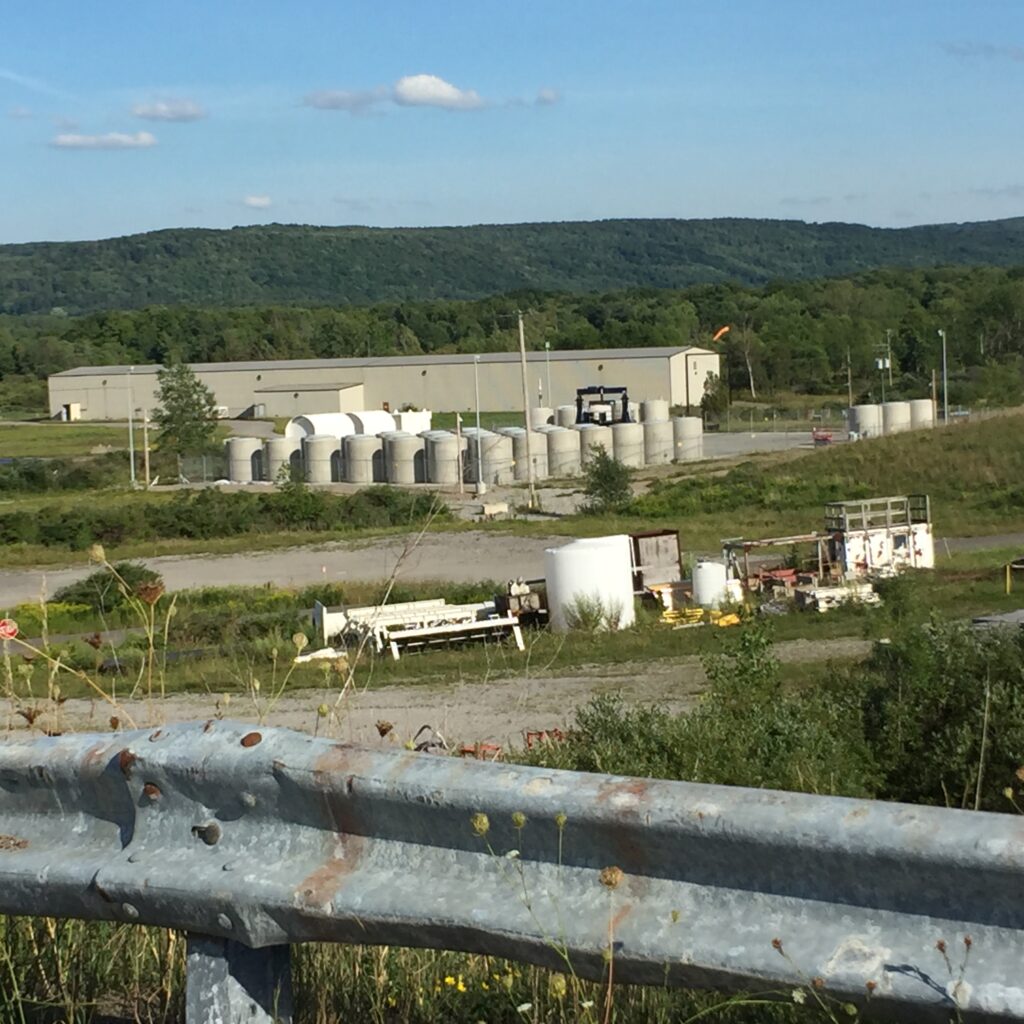
Geologically, the site is in a bedrock valley that is expected to erode into the Great Lakes in centuries to come, but the nuclear waste buried at the site will remain dangerously radioactive much longer than the projected erosion rate. In 2008 an independent Full Cost Accounting Study of the read costs of cleaning up nuclear waste at West Valley was completed concluding that it could cost much more the longer we wait to exhume the site. Even if only a small portion of the radioactivity that is at the West Valley nuclear site leaks into the creeks that flow into the Great Lakes and the water supply for millions a century from now, the cost would be triple that of cleaning it up now.
The site is owned by the New York State Energy and Research Development Authority. In 1980, the private company that operated the site left it, leaving a cleanup estimated in the 1996 Draft Environmental Impact Statement by US Department of Energy (DOE) to cost over $8 billion (for complete cleanup). Also in 1980, the West Valley Demonstration Project Act passed Congress, directing DOE to solidify the liquid reprocessing waste and to cleanup a large portion of the site. Much excellent work has been done, but much is left to be done. Long lasting radioactive wastes from the solidification remain at the site.
The ONLY way full cleanup will be achieved is through education and vigilance of the public and a clear demand. This is needed to prevent possible future nuclear activities at the site as well.
Partner Organizations
The Coalition on West Valley Nuclear Wastes
Western New York Environmental Alliance
Citizens’ Environmental Coalition
Citizens Campaign for the Environment
Nuclear Information and Resource Service
AGREE (Alliance for GREEN Economy)
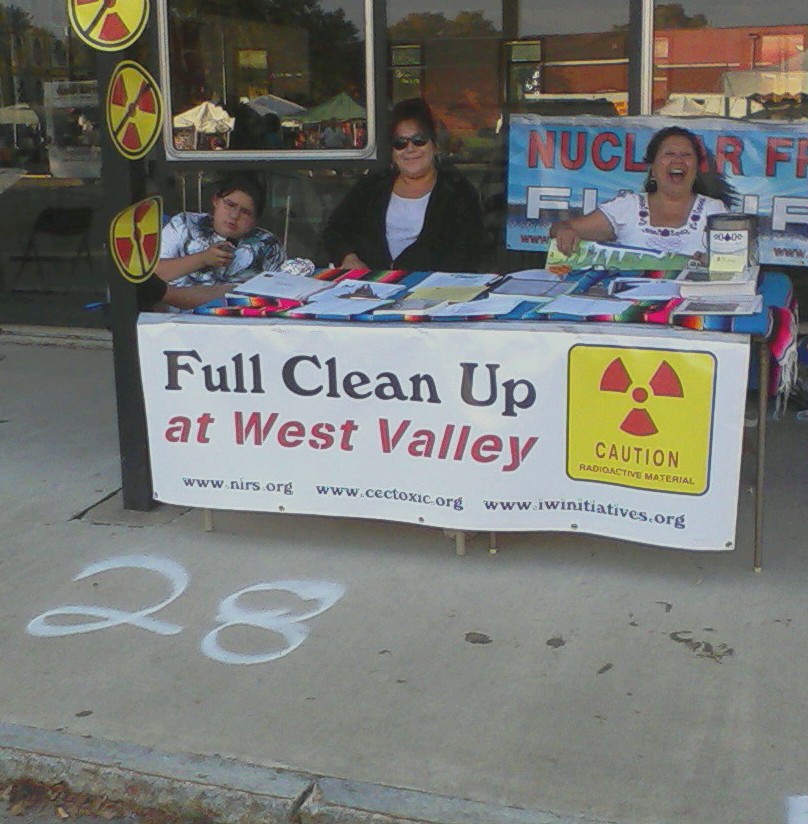
They are working in conjunction with dozens of other local, state, national, tribal and international groups for the full cleanup of the West Valley nuclear and hazardous waste site south of Buffalo, NY and upstream of Lakes Erie and Ontario and of the Niagara River. Dozens of groups and individuals are part of the West Valley Action Network.
Groups around the country and internationally have joined the call for full cleanup of the West Valley, NY nuclear waste site. [Dig it up Resolution; Great Lakes United Resolution on West Valley; Group Statement – the Real Issue About Nuclear Waste]. You can join the effort as an individual, organization, or other by becoming part of the West Valley Action Network.
West Valley Photo Gallery







